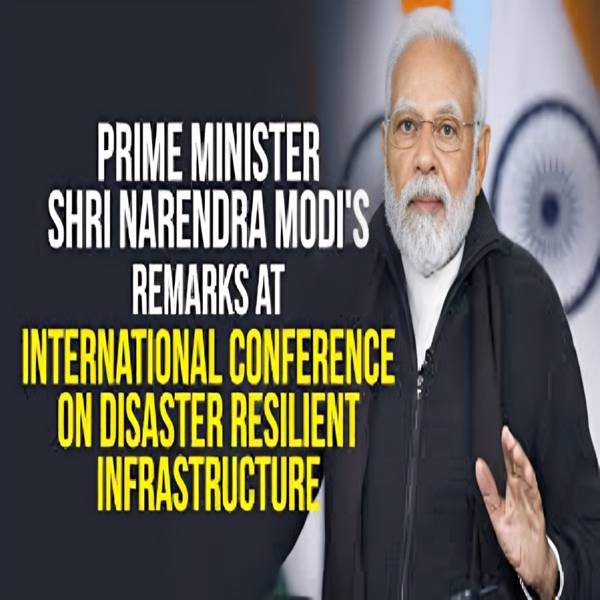India and the US will discuss the sector-wise trade deal soon.
The initial phase of the much-awaited Bilateral Trade Agreement (BTA) between India and the United States is slated to be completed by the close of 2025, as announced by the Commerce Ministry on Saturday. This update follows four days of high-level talks between officials from India’s Department of Commerce and the U.S. Trade Representative’s office in New Delhi from March 26-29. The discussions were a follow-up to the joint statement issued by both countries on February 13, 2025, where they expressed their commitment to boosting bilateral trade to $500 billion by 2030. Moving forward, experts from both sides will engage virtually on sector-specific issues in the coming weeks, with plans for an in-person negotiation session soon after.
India and the United States are working towards a new trade agreement aimed at expanding market opportunities, eliminating trade barriers, and improving supply chain collaboration. A delegation from the US, led by Assistant Trade Representative for South and Central Asia Brendan Lynch, recently visited India to finalize the details of the pact. The agreement seeks to push bilateral trade beyond $500 billion by 2030. Both countries have reaffirmed their commitment to completing the Bilateral Trade Agreement (BTA) in the coming months, ensuring it supports economic growth, resilience, and mutual prosperity.
This latest round of discussions follows Indian Commerce and Industries Minister Piyush Goyal’s visit to Washington from March 4-6, where he engaged with US Trade Representative Jamieson Greer and Commerce Secretary Howard Lutnick. Since then, both sides have maintained momentum through virtual follow-up meetings to refine the agreement’s framework.
On Friday, US President Donald Trump expressed optimism about trade negotiations, calling Prime Minister Narendra Modi “a very smart man” and stating that tariff-related discussions would be resolved favorably. His remarks come amid concerns over India’s import duties on American goods, with Trump threatening reciprocal tariffs on trading partners, including India, starting April 2.
Trade pacts like this generally focus on lowering or eliminating tariffs, streamlining regulations for services, and encouraging investments. The US is pressing for reductions in duties on industrial goods, automobiles, wines, petrochemicals, dairy, and agricultural products such as apples, tree nuts, and alfalfa hay. On the other hand, India is expected to prioritize tariff relief in labor-intensive industries like textiles, though it may avoid discussions on dairy and agriculture due to domestic political sensitivities.
Indian businesses and exporters have voiced concerns over potential US tariffs, cautioning that they could impact trade flows since the US remains India’s largest trading partner. Many industry leaders are calling for India to negotiate exemptions to safeguard economic interests. India’s primary exports to the US include pharmaceuticals, telecom equipment, gemstones, petroleum products, and textiles, while major imports from the US consist of crude oil, coal, petroleum products, cut and polished diamonds, aircraft, and machinery.
Also read: Apple’s foldable iPhone may be slim with liquid metal hinges.
In the 2023-24 financial year, trade between the two nations amounted to $119.71 billion, with India exporting $77.51 billion worth of goods and importing $42.19 billion, resulting in a $35.31 billion trade surplus for India. Additionally, the US continues to be a key investor in India, with foreign direct investment (FDI) inflows reaching $67.8 billion from April 2000 to September 2024.



